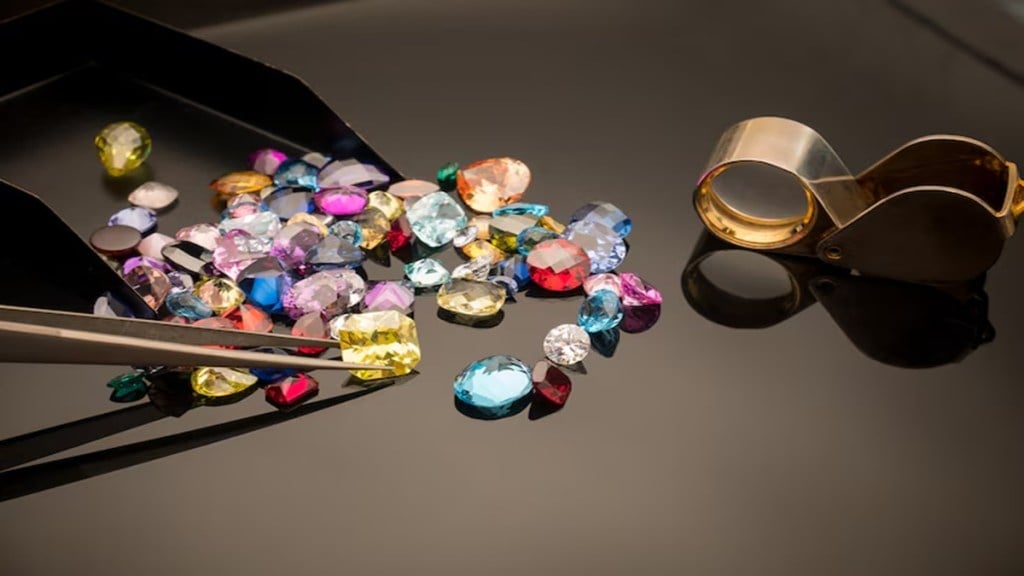India’s employment-intensive gems and jewellery units expect the current slump in exports to prolong if extra tariff is applied on their shipments to the US. While this could mean large-scale job losses, industry analysts expect a significant shift in production base to the UAE, which attracts a benign tariff of 10% in the US, and some other countries.
Tariff issue
The industry is keenly watching how the tariff issue will be resolved, as India and the US are still engaged in negotiations for a bilateral trade agreement (BTA). Major players also see a faster diversification of the export markets, to reduce reliance on the US.
The tariff announcement by president Donald Trump comes at a time when India is already grappling with declining gems and jewellery exports to not only the US and other world markets. A report by the Gems and Jewellery Export Promotion Council (GJEPC) revealed that gross exports of gems and jewellery reduced by 14.25% on year in June 2025 to $1.63 billion. Annual exports to the US are to the tune of $12 billion, or nearly a fourth of total exports of these items.
While the possibility of headwinds in the US market has cast a pall of gloom over the industry, several players remain optimistic that ongoing negotiations will result in a lower tariff.
Industry POV
Sabysachi Ray, Executive Director of GJEPC, urges manufacturers to “wait and watch” until the levy has been finalised on paper. “We’ve noticed a pattern where tariffs against other countries are announced and then changed. It is difficult for us to provide concrete insights based on a tweet (by Trump). However, we are sure the government will continue negotiations with the US. Additionally, a BTA between both countries is expected in September, which may help uplift the sector,” he said.
India’s main competitors in this sector are countries such as Thailand and Turkey. While Turkey has a 10% baseline tariff from the US, Thailand is still amidst negotiations to reduce the current 36% tariff.
Alkesh Shah, Vice Chairman of Goldstar Jewellery, urged companies to wait until the final tariffs are cemented for competitors, saying, “Even if Turkey and Thailand obtain similar tariffs as India, their high labour costs will not give them a major advantage. The UAE, with its 10% tariff, may emerge as a key competitor some years down the line. Meanwhile, there are possibilities of Indian manufacturers shifting their base to the UAE or even the US to avoid this tariff.”
The US has also become a prominent destination for retail jewellery brands, with the likes of Tanishq, Malabar Gold and Diamonds and PNG Jewellers establishing their presence there. Saurabh Gadgil, Managing Director (MD) of PNG Jewellers, opined that the tariff doesn’t pose a high threat to retailers. “The tariff predominantly impacts gems and jewellery manufacturers, with retailers escaping the brunt.” He also foresees manufacturers shifting their bases to countries which lower tariffs.
According to Ramit Kapur, Managing Director at Gemological Science International, the tariffs could propel India to expand in trade-friendly markets such as the UK, Australia and the UAE, thereby reducing its dependency on the US. He added that manufacturers, sensing an upcoming tariff, had already exported large amounts of their products to the US. “Many Indian manufacturers exported large volumes of gems and jewellery to the US in the past few weeks, meeting 60-70% of the season demand there.” Industry experts predict that some of the most affected exports to the US will be diamonds, which already operate on a slim 4-5% margin, and middle-category jewellery, which ranges from $1,000 to $5,000 a piece.
